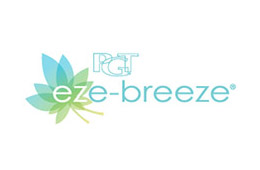More and more homeowners are choosing rich, dark-colored siding over traditional neutral-colored siding. While this option can give your home a bold and impactful look, you need to take into account a few things to make sure you get the most out of it.

Heat Absorption
Generally, dark colors absorb more solar energy than light colors. With that in mind, many homeowners choose a roofing and siding system that leans toward the lighter shades to achieve a cooler home. The good news is that technological advancements have made it possible to create siding products that offer great energy efficiency while providing flexibility in design, including textures and colors. That being said, if you choose black siding, for example, it is ideal to have sufficient insulation added to the exterior walls.
Thermal Expansion and Contraction
Like other building materials, siding materials expand and contract at different rates when exposed to varying temperatures. That is why you should consider whether the siding material has the tendency to warp due to prolonged exposure to heat.
For instance, fiber cement siding, a durable and weather-resistant material, can be primed and painted with dark colors. When exposed to the sun’s heat, it will not swell or rot, meaning the paint is unlikely to peel or crack in the long term. Vinyl siding can also be painted with dark tones as long as the right kind of paint is applied. The ideal light-reflective value of paints for vinyl siding is 55 or greater. Finally, the paint must not be darker than the original color of the vinyl.
Whether you need to install new siding or replace your drafty windows, you can count on Homecraft® Inc. Our goal is to deliver high-quality products and services at reasonable prices to ensure 100% customer satisfaction. Schedule an appointment with one of our professionals by calling (302) 798-0302 or filling out our contact form.










